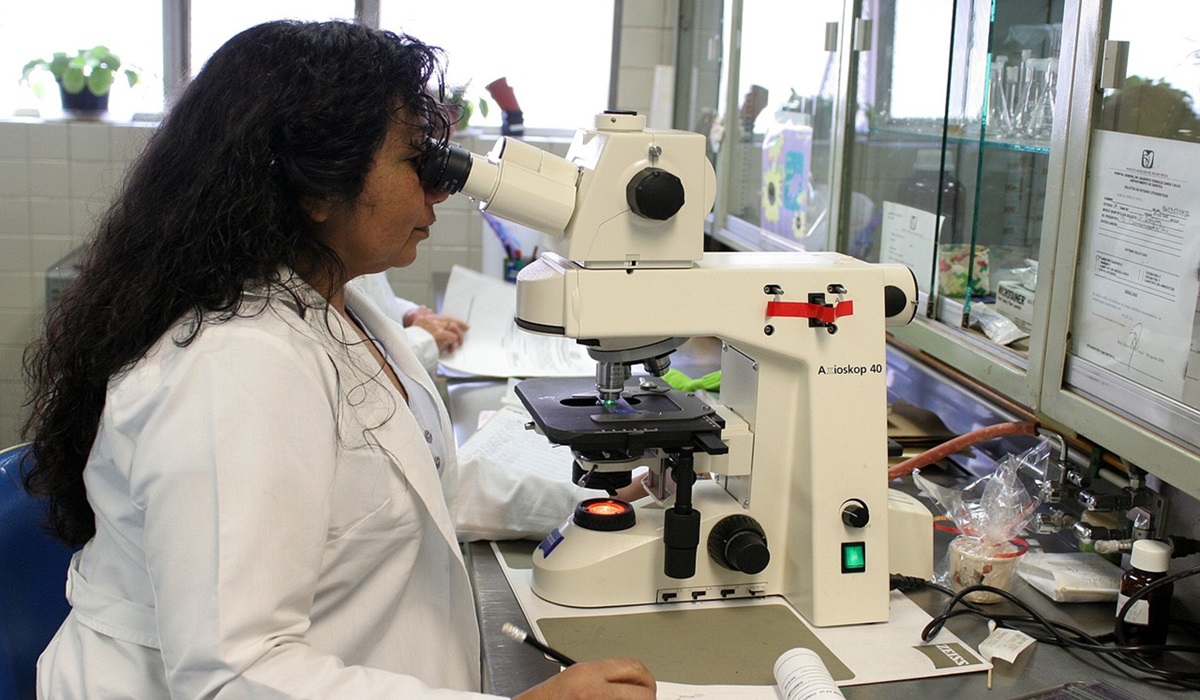UK Company Introduces New Technology To Identify High Risk COVID-19 Candidates
- TDS News
- COVID-19
- United Kingdom
- February 16, 2021

The fight on COVID-19 has new tool in their arsenal
New technology has been introduced in England to help clinicians identify, for the first time, a new group of people who may be at high risk from COVID-19. Over 800,000 adults will now be prioritized to receive a vaccine as part of the current vaccination cohorts.
The technology analyses a combination of risk factors based on medical records, to assess whether somebody may be more vulnerable than was previously understood, helping clinicians provide vaccination more quickly to them and ensuring patients can benefit from additional advice and support.
This assessment is made possible today for the first time thanks to new technology and emerging evidence about the impact of COVID-19 on different groups and who could be most vulnerable – which means further steps can be taken to protect those most at risk.

The research, commissioned by England’s Chief Medical Officer Chris Whitty and funded by the National Institute of Health Research, found there are several health and personal factors, such as age, ethnicity and body mass index (BMI), as well as certain medical conditions and treatments, which, when combined, could mean someone is at a higher risk from COVID-19.
The University of Oxford turned their research into a risk-prediction model called QCovid®, which has been independently validated by the Office for National Statistics (ONS) and is thought to be the only COVID-19 risk prediction model in the world to meet the highest standards of evidence and assurance.
NHS Digital used the University of Oxford’s model to develop a population risk assessment. The risk assessment uses the model to predict on a population basis whether adults with a combination of risk factors may be at more serious risk from COVID-19, enabling them to be flagged to clinicians for priority access to vaccination, alongside appropriate advice and support. These individuals will be added to the Shielded Patient List on a precautionary basis and to enable rapid vaccination.
The research to develop and validate the model is published in the British Medical Journal along with the underlying model for transparency. Additional code underpinning the QCovid® model will be made available openly by the University of Oxford within a month. As our scientific understanding of the virus develops, we can update the model.

Up to 1.7 million patients have been identified. Those within this group who are over 70 will have already been invited for vaccination and 820,000 adults between 19 and 69 years will now be prioritised for a vaccination.
The patients identified through the risk assessment will be sent a letter from NHS England in the coming days explaining that their risk factors may help identify them as high clinical risk and that they are included within the support and advice for the clinically extremely vulnerable. They will be invited to receive a COVID-19 vaccine as soon as possible if they have not already had the jab, and will be given advice on precautionary measures, including shielding where this is current advice. Their GPs are also being notified.
The independent validation from the ONS is considered the ‘gold standard’ in quality assurance. The ONS has shown that the model performs in the ‘excellent’ range, and accurately identifies patients at highest risk from COVID-19. This shows the model is robust and meets the highest standards of evidence.








